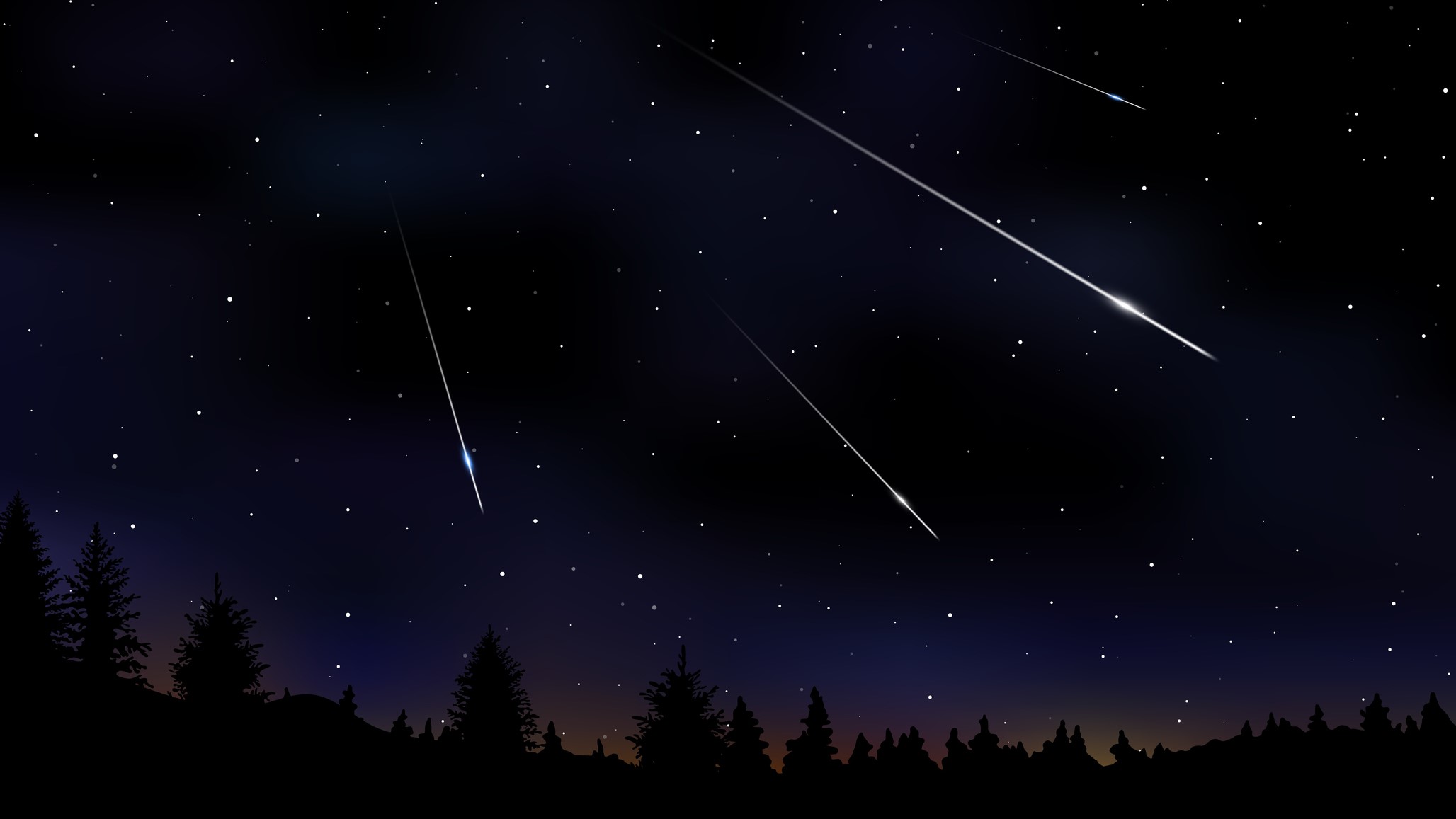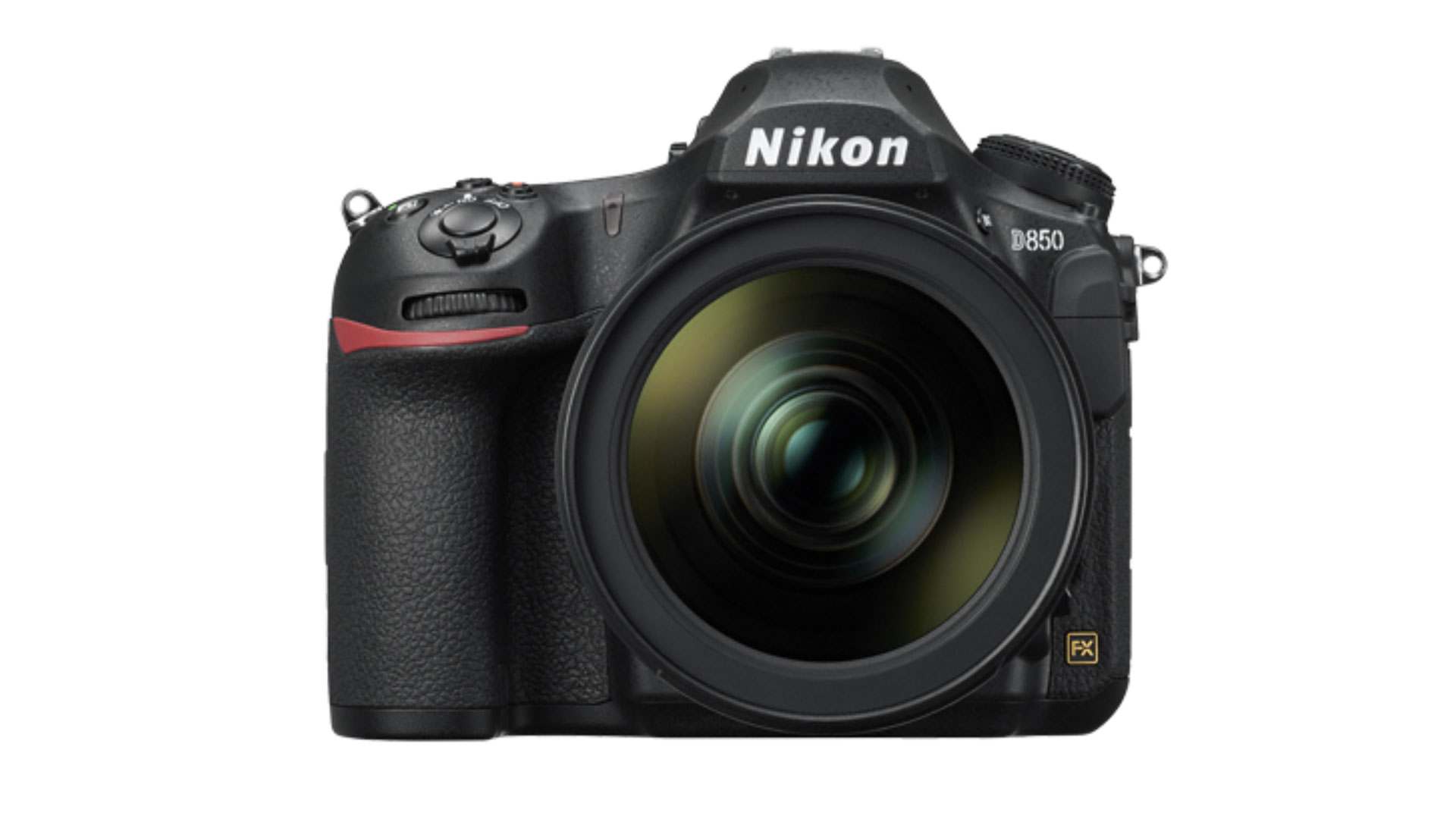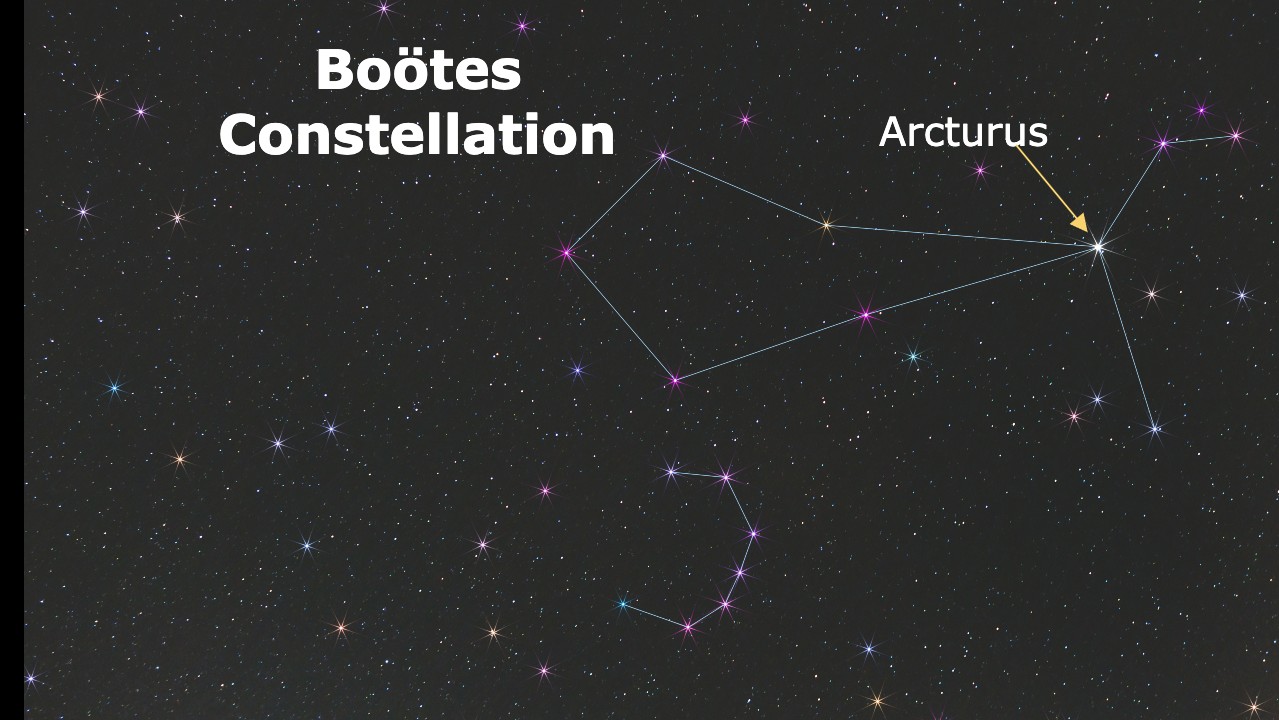Possible outburst of tau Herculids meteors tonight!
Look to the constellation Hercules and cross your fingers.

There might be a meteor shower emerging from Hercules tonight (May 30-31), so keep your eyes peeled on the region.
Astronomers are keeping an eye on the shards of broken-up comet 73P/Schwassmann-Wachmann 3 (also known as SW 3) to see if that generates a stream of little space rocks harmlessly blasting into Earth's atmosphere.
If you cannot see the event in person, you can watch the potential tau Herculids meteor storm online tonight with a livestream from the Virtual Telescope Project.
Previously, NASA astronomer Bill Cooke called the potential meteor shower milestone an "all or nothing event" in an agency blog post.
"If the debris from SW 3 was traveling more than 220 miles [354 kilometers] per hour when it separated from the comet, we might see a nice meteor shower," Bill Cooke, who leads NASA's meteoroid environment office at the agency's Marshall Space Flight Center in Huntsville, Alabama, said in the statement.
"If the debris had slower ejection speeds," Cooke added, "then nothing will make it to Earth and there will be no meteors from this comet."
Related: Meteor shower guide 2022: Dates and viewing advice
Get the Space.com Newsletter
Breaking space news, the latest updates on rocket launches, skywatching events and more!

If you're looking for a good camera for meteor showers and astrophotography, our top pick is the Nikon D850. Check out our best cameras for astrophotography for more and prepare for the tau Herculids with our guide on how to photograph a meteor shower.
Another factor behind whether we will see a "storm" or not will be whether Earth passes through the thickest part of the comet's debris stream. The stream is subject to the gravitational forces of our planet, the moon, the sun and other planets in our solar system, so that is hard to predict.
But things that are working in North Americans' favor include the new moon, meaning that there is less natural light pollution to interfere with observations and the fact that Hercules rides high in the sky overnight (away from atmospheric interference low on the horizon.)
The place to watch for the potential meteors would be the constellation Boötes, a little north-northwest of its bright star Arcturus. (These are the International Astronomical Union names for the constellation and star, respectively, although you may use different names depending on your culture.)

The comet has a temperamental history. The comet displayed bursts of brightness in years such as 1995 and 2000 during fragmentation and shed before observatories such as the Hubble Space Telescope and the Spitzer Space Telescope. There are at least 68 pieces associated with the comet as of its last appearance in 2017.
The comet was discovered 92 years ago by German astronomers, Friedrich Carl Arnold Schwassmann and Arno Arthur Wachmann on May 2, 1930, and was the third co-discovered small world by that pair.
The comet comes as close to Earth as 5.7 million miles (9.2 million km), orbiting the sun roughly every 5.4 years, according to Space.com astronomy columnist Joe Rao.
If the meteor shower doesn't pan out as planned, or you get clouded out or busy, instead consider some upcoming meteor showers of 2022 to plan your next excursion. The next major one is the Perseids on Aug. 11 to 12, among the brightest events of the year.
If you're hoping to photograph the tau Herculid meteor shower, or want to prepare your gear for the next skywatching event, check out our best cameras for astrophotography and best lenses for astrophotography. Read our guide on how to photograph meteors and meteor showers for more helpful tips to plan out your photo session.
Editor's Note: If you snap an amazing photo of the tau Herculids meteor shower and would like to share it with Space.com's readers, send your photo(s), comments, and your name and location to spacephotos@space.com.
Follow Elizabeth Howell on Twitter @howellspace. Follow us on Twitter @Spacedotcom or Facebook.
Join our Space Forums to keep talking space on the latest missions, night sky and more! And if you have a news tip, correction or comment, let us know at: community@space.com.

Elizabeth Howell (she/her), Ph.D., was a staff writer in the spaceflight channel between 2022 and 2024 specializing in Canadian space news. She was contributing writer for Space.com for 10 years from 2012 to 2024. Elizabeth's reporting includes multiple exclusives with the White House, leading world coverage about a lost-and-found space tomato on the International Space Station, witnessing five human spaceflight launches on two continents, flying parabolic, working inside a spacesuit, and participating in a simulated Mars mission. Her latest book, "Why Am I Taller?" (ECW Press, 2022) is co-written with astronaut Dave Williams.










